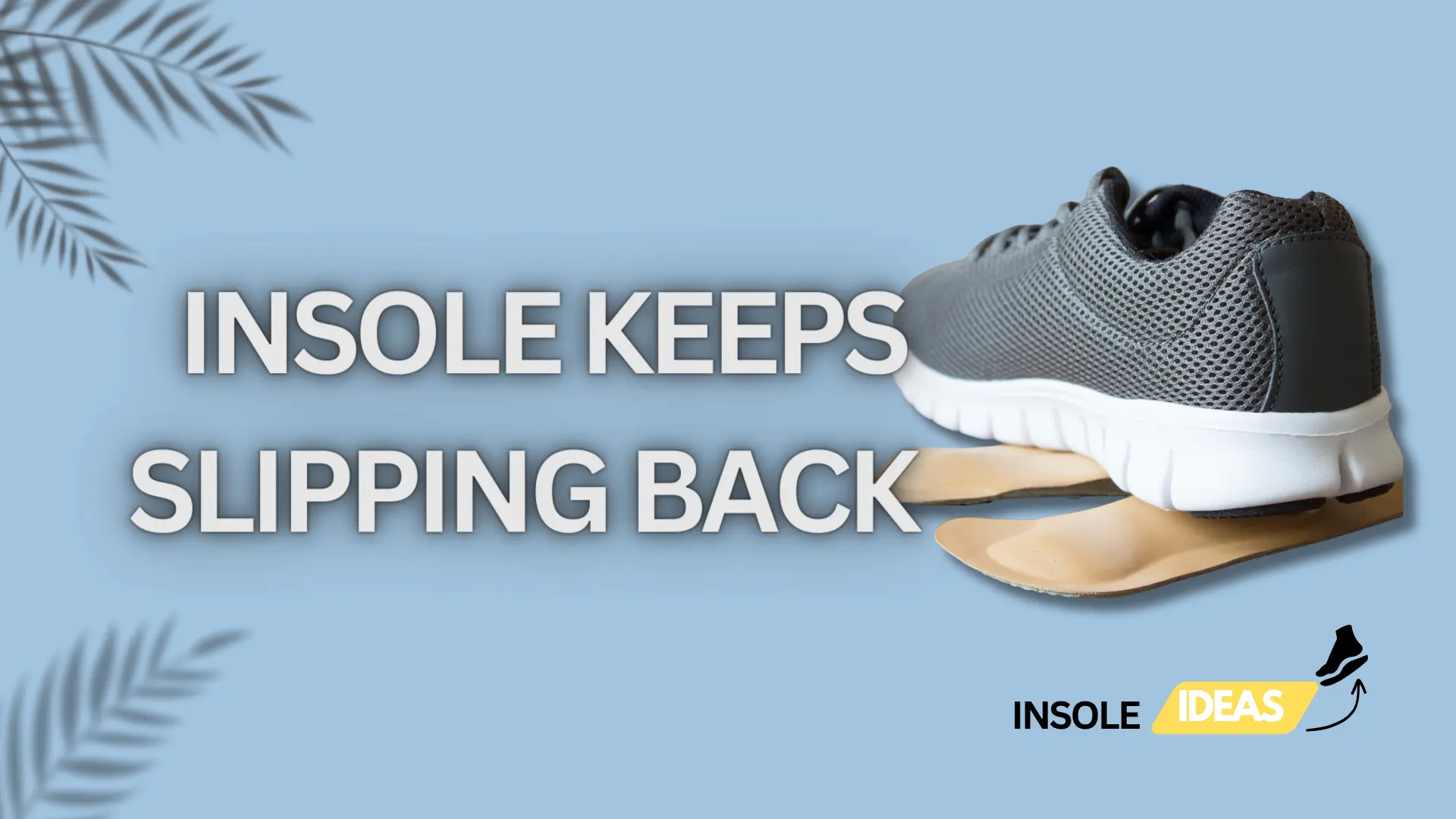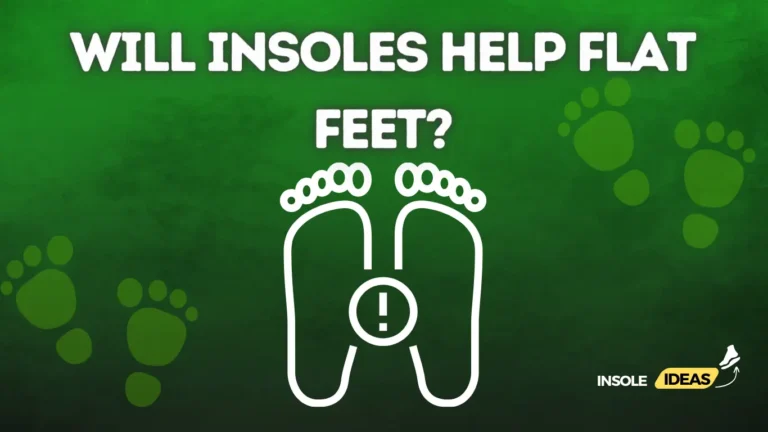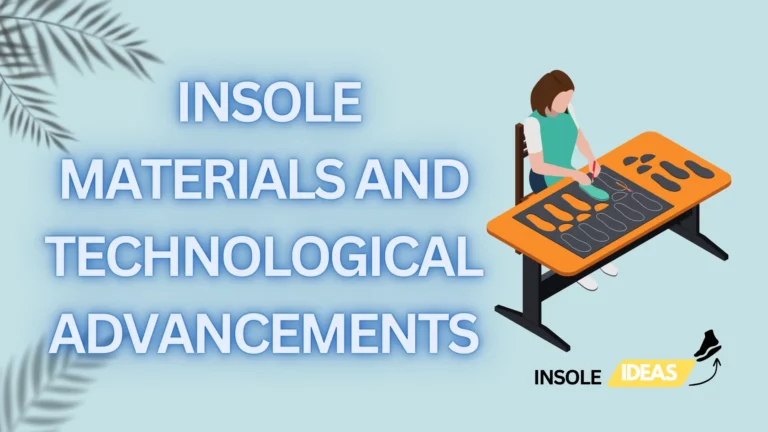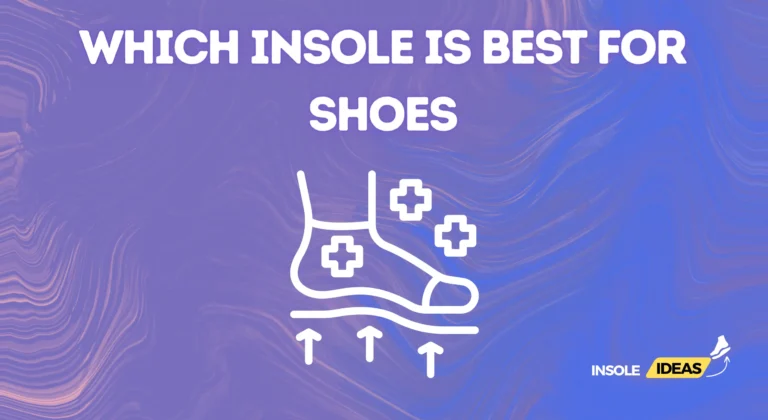Solutions for Slipping Insoles
Slipping insoles can be a persistent annoyance, but several remedies exist to mitigate this issue. Properly fitting insoles serve as a fundamental solution.
Properly Fitting Insoles
Choosing the Right Size
Selecting insoles that correspond precisely to your shoe size is crucial. Insoles come in various sizes to accommodate different shoes. A common mistake is assuming that insoles are universally interchangeable across shoe sizes. Always refer to the manufacturer’s sizing chart to ensure a perfect match.
Customized Insoles
Consider custom insoles tailored specifically to your foot’s contours and requirements. These are crafted based on detailed foot measurements and offer unparalleled comfort and support. While they might be pricier, custom insoles are a long-term investment in foot health and comfort.
Techniques to Prevent Slipping
Besides fitting insoles accurately, employing additional techniques can effectively prevent slipping.
Using Adhesive Strips or Tapes
Adhesive strips or double-sided tapes strategically placed beneath the insoles can secure them to the shoe’s base. These adhesives provide traction, minimizing any movement between the insole and the shoe.
Sticky Pads or Grips
Sticky pads or grips adhere to both the shoe and the insole, preventing unwanted shifting. These add-ons are made expressly to improve the grip between the footbed and the interior of the shoe.
Specialty Insole Designs
Explore specialty insoles with unique features explicitly designed to combat slippage. Some insoles have textured surfaces or raised patterns that enhance traction, keeping them securely in place.
Maintenance and Care
Maintaining and caring for your insoles is pivotal not only for their longevity but also for preventing slipping issues and ensuring continued comfort.
Regular Cleaning and Drying
Regularly clean your insoles to remove dirt, sweat, and odor-causing bacteria. Use a soft brush, water, and light soap to gently clean the surface, depending on the material. Before re-inserting them into your shoes, make sure they are entirely dry to avoid sliding due to moisture.
Replacing Worn-Out Insoles
Insoles endure significant wear and tear over time, losing their original shape and support. When you notice signs of deterioration, such as flattened cushioning or reduced support, replace them promptly. Worn-out insoles are more prone to slipping, and continuing to use them could lead to discomfort and foot issues.
Adjustments for Different Shoe Types
Different shoe types may require specific adjustments to prevent insole slippage. For example, high-heel shoes might benefit from adhesive grips placed strategically on the insole’s underside to secure them within the shoe. Similarly, sneakers or athletic shoes might require different techniques due to their design and usage.
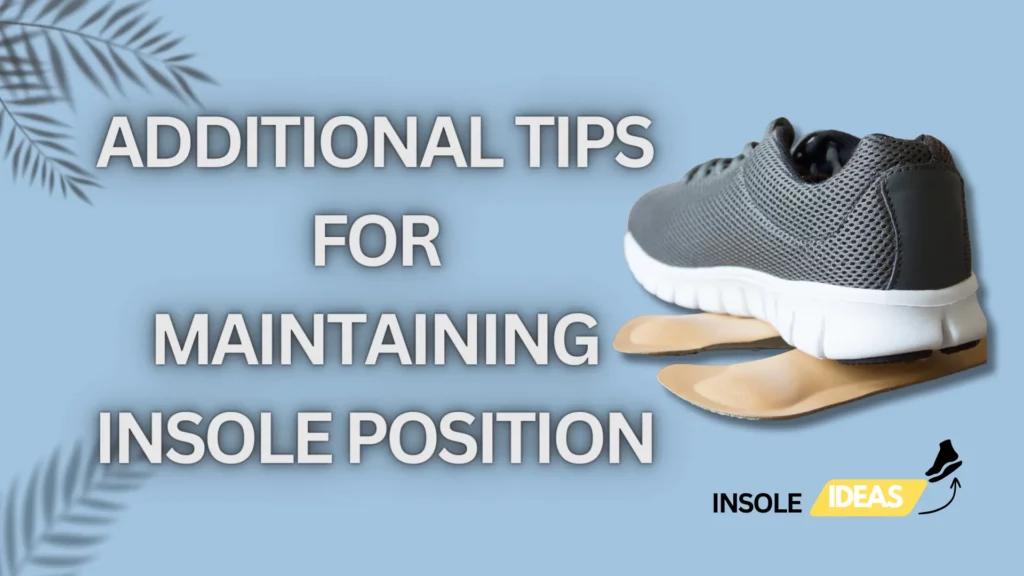
Conclusion
Addressing insole slippage is pivotal for foot health and overall comfort, emphasizing the significance of properly fitted insoles and preventive measures.
Importance of Well-Fitted Insoles
Well-fitted insoles significantly contribute to foot comfort, support, and overall health. They play a vital role in preventing various foot-related issues caused by inadequate support or poorly fitted footwear.

